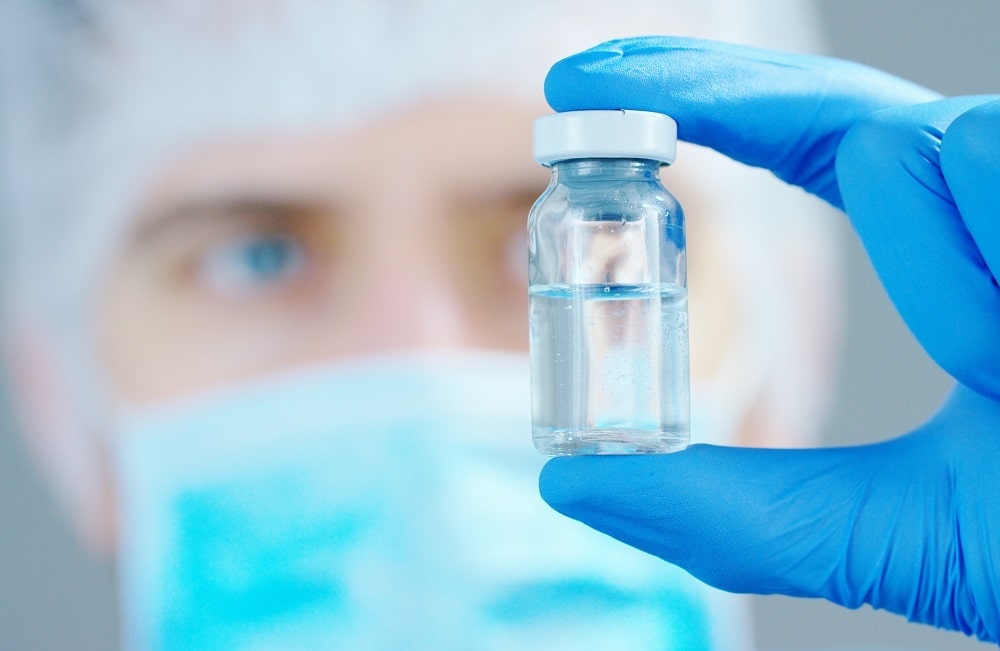An Evolution of Vigilance
Since its inception, the pharmaceutical industry has been required to meet myriad, sometimes conflicting, priorities. And while patient safety has always been the cornerstone, early warnings still serve as sobering reminders for constant watch in an ever-evolving marketplace.
The 1937 Sulfanilamide disaster caused the deaths of 105 people across the US. A sweet excipient, diethylene glycol, was used as the drug delivery system for an antibacterial elixir to treat streptococcal infections. Unbeknownst to the manufacturer, with no testing required, it was, tragically, toxic. The incident led to the 1938 US Food, Drug and Cosmetics Act, requiring toxicity testing prior to marketing consumed or applied products covered under the Act.

Two decades later, medical marketing would again find itself under renewed scrutiny. This time, tragedy struck the UK, Scotland and other European countries, where up to 20,000 thalidomide babies were born with birth defects, due to the untested morning sickness remedy. That incident led to Europe’s 1965 65-65 Directive regulating how medicines could be marketed. Despite not being approved for use in the US, the gravity of the outcome prompted further US pharma testing regulations through the 1962 US Kefauver-Harris Amendments.
Sixty years beyond, as we see the close of 2022, pharma manufacturing bears little resemblance to processes of 70 years ago, except for the global commitment to patient safety. We have formed task forces, aligned standards, and now follow continuous improvement pathways. These collective industry efforts have improved quality and safety and maximized technology, yet risks persist. What are current pharma product risks and repercussions, and how is the industry equipped to avoid them?
Today’s Risks and Root Causes
Inarguably, a medical product recall represents the greatest risk. The only higher level of risk exists when patient exposure has happened prior to the discovery of a defect. In that scenario, brand image and loyalty can vanish overnight. Fiscal liability is daunting, with a single medical product recall correction costing up to $600 million, without potential lawsuits or other liability. Of 195 US pharma recalls between January 2017 and September 2019, 85% were due to quality issues, such as contaminants and particulate, with the remaining primarily due to labeling errors.
Acknowledgment of such high stakes brings eager attention to the root causes of failures. And where labeling and artwork errors have their own fixes, quality issues remain the most direct threat. It doesn’t take much pushing to confirm that sterility, purity, aseptic presentation, protection from contaminants and particulates must be paramount. In short, we must call for a relentless pursuit of cleanliness.
Cleanliness is a continuous improvement activity. If a brand can demonstrate that they go above and beyond standards for cleanliness (and hence mitigate the risk of contamination more than their competitors), they can win more business at a higher value. That company’s higher level of hygienic practice then becomes the industry norm. All actors in the supply chain play a part in that risk mitigation, including packagers. Raising the bar is better for end users and pharma companies alike.
How In-Process Pharma—and Packaging—Are Redefining Clean
Quality programs encompass not only the medicine, but the packaging to protect the medicine and the increasingly technical in-process drug delivery systems. The precision science of drug delivery systems brings new materials, new means of human interaction, and new configurations and processes that require us to look beyond what has worked until now.
A pre-fillable syringe is a great example. It starts with the syringe tub and empty glass vials. They are often shipped to a pharmaceutical company to be “filled” with whatever drug they’re producing. The tub and empty glass vials need protection before they get to that pharma company. It is the packaging maker’s priority to keep out particulate, dust, or material contamination. Thus, industry’s new “in process” pharma products revamp how medicine is managed yet add another layer that requires new safeguarding for staged products, still in process upon arrival at the pharma checkpoint.
Currently, in the pre-fillable syringe market, there is high interest in improving glass management, avoidance of glass particulate and where glass-to-glass and glass-to-metal contact can be eliminated or minimized. New camera technology and inspection devices will provide additional quality oversight of vial and syringe quality.
In the biologics sector, products for highly sensitive biologics are bringing syringes with tungsten and silicone control, to address leachable, extractable and particulate concerns. Other products are entirely omitting silicone, using restrictive dimensional design and seeking high temperature and moisture control. All of this is in innovation infancy.
It is important to note that the focus on upending threats to cleanliness in novel drug delivery systems should be a frontrunner for every medical product maker for the foreseeable future. The trend of (and desire for) patient involvement and interaction with their health regimens is skyrocketing. Patients are realizing they can do more. It’s no longer “just a pill.”
Patient-centric packaging and “gadgetry” to deliver at-home treatments is opening an entirely new design market that must be factored into industry’s vision for in-process DDS products. While pharma has historically been far removed from consumer packaging, that story is changing rapidly. Injectors, inhalers, and patch technology are evolving into people-friendly self-managed care. More to come.



.png)